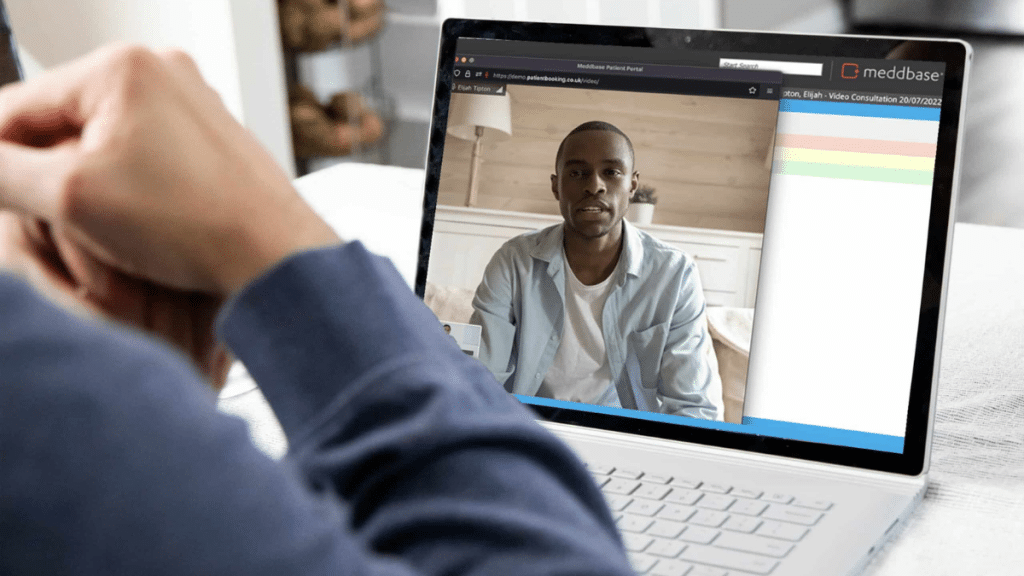The Role of Technology in Streamlining Patient Admissions
The patient admission process has long been a challenge for healthcare establishments. Between managing medical records, verifying insurance cover and coordinating with healthcare professionals, delays can quickly accumulate, impacting on the quality of care. Fortunately, advances in technology are now playing a key role in optimising these crucial stages.
In this article, we explore in detail how technology is transforming the patient admission process, making care more accessible, fluid and efficient. Discover the most innovative solutions that are revolutionising the healthcare sector and improving the experience of patients and medical staff alike.
Reducing Human Errors Through Automation
Solutions such as the help of Bluesight KitCheck also improve the management of essential medicines and supplies, ensuring a more efficient and secure hospital environment. By accurately tracking stocks and reducing the risk of human error, these innovations contribute to better care for patients from the moment they are admitted.
AI-Powered Data Entry Minimizes Mistakes
Artificial Intelligence (AI) automates data entry, reducing manual errors. Smart algorithms detect inconsistencies, flagging potential issues. This improves accuracy and prevents misdiagnoses.
Automated Insurance Verification Prevents Delays
Technology verifies insurance details instantly. Automated systems confirm coverage in real time, avoiding billing disputes. This accelerates admissions and enhances financial transparency.
Error-Free Scheduling Through Smart Systems
Advanced scheduling tools prevent appointment conflicts. Automated reminders inform patients and staff about upcoming visits. These systems optimize resource allocation, ensuring smoother operations.
Enhancing Patient Check-in with Digital Tools
Reducing Paperwork Through Electronic Forms
Electronic forms replace traditional paperwork, expediting check-in. Patients complete digital documents before arrival, reducing wait times. Clinics store this data securely, ensuring easy retrieval. Automated form submission minimizes manual errors.
Self-service Kiosks Improve Efficiency
Self-service kiosks streamline patient registration. They allow individuals to check in independently, reducing front desk workload. Touchscreen interfaces guide users through forms and insurance verification. This speeds up the admission process significantly.
Mobile Check-in Enhances Convenience
Mobile check-in allows patients to register from smartphones. They confirm appointments remotely, saving time. Integrated apps provide reminders and digital document uploads. This technology improves patient experience and reduces delays.
Optimizing Patient Data Management
Centralized Electronic Health Records (EHR)
Electronic Health Records (EHR) store patient details in a centralized system. Staff access vital information instantly, ensuring efficient admission processes. EHRs eliminate duplicate entries and enhance data accuracy.
Real-time Data Sharing Across Departments
Interconnected hospital systems share patient data in real-time. Doctors, nurses, and administrators access synchronized records. This coordination prevents miscommunication, ensuring seamless admissions and proper care.
Automation for Faster Identity Verification
Automated identity verification systems validate patient details swiftly. Biometric scanning, QR codes, and digital identification enhance security. These technologies reduce fraud risks and admission errors significantly.
Enhancing Communication Channels
Chatbots Provide Instant Support
AI-powered chatbots assist patients with queries. They offer real-time guidance, reducing phone call volume. Chatbots also schedule appointments, ensuring efficient communication.
Secure Messaging Improves Coordination
Secure messaging platforms connect hospital staff. Instant updates on patient status enhance teamwork. Quick communication ensures faster admissions and better care.
Telehealth Facilitates Remote Pre-admission Assessments
Virtual consultations assess patients before arrival. Telehealth reduces in-person visits, expediting admissions. Doctors review medical history remotely, preparing facilities accordingly.
Ensuring Data Security and Compliance
Encrypted Systems Protect Patient Information
Encryption safeguards medical records from unauthorized access. Hospitals use secure databases to prevent cyber threats. Compliance with regulations ensures data protection.
Role-based Access Controls Maintain Confidentiality
Role-based access limits data visibility. Only authorized personnel access sensitive patient details. This prevents data breaches and ensures confidentiality.
Regular Audits Ensure Compliance with Regulations
Healthcare institutions conduct audits to maintain compliance. Routine checks identify vulnerabilities, mitigating security risks. This proactive approach ensures adherence to legal standards.
Technology significantly improves patient admissions. From digital check-ins to automated data management, innovation enhances efficiency. Secure communication channels and compliance measures ensure safe, streamlined processes.
